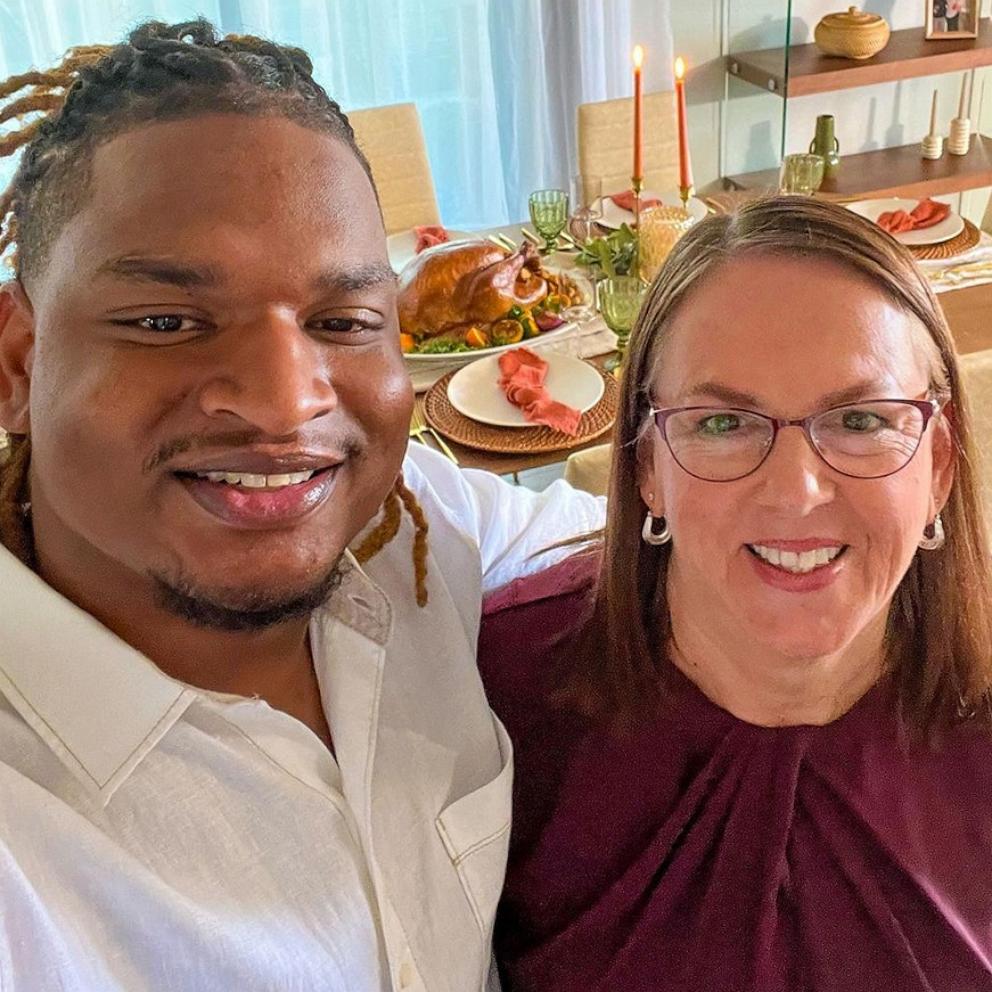'Blackfish' Documentary Traces '40-Year Experiment' of Killer Whales in Captivity
June 21, 2013— -- SeaWorld trainer Dawn Brancheau and Tilikum, a killer whale, delighted an audience when they performed together, but the joyful scene of human and animal interaction ended when the giant orca pulled his trainer into the water and killed her.
Three years later, questions have persisted as to what led the 12,000-pound, 22-foot killer whale to behave in such a way, killing Brancheau, a woman who was remembered as one of the most gifted trainers at the Orlando, Fla., theme park.
"[I] didn't understand why a killer whale would essentially bite the hand that feeds it," said Gabriela Cowperthwaite, a filmmaker whose latest documentary, "Blackfish," examines how Tilikum and Brancheau arrived at that fateful moment three years ago and raises the question of whether killer whales should be held in captivity.
The American Film Institute's AFI Docs film festival in Washington, D.C. runs until Sunday.
"She's his trainer, so presumably they had this loving bond," Cowperthwaite said. "One of the things that shocked me the most was how violent and prolonged it was. That is the stuff of nightmares."
The violent death of Brancheau, a beautiful, blonde trainer who could have been the poster child for SeaWorld stunned the world, but judging by Tilikum's history, it may not have been a surprise.
There have been four deaths involving killer whales in captivity, and Tilikum, who makes a big splash with his audiences, has been associated with three of them.
John Hargrove, a former SeaWorld trainer, said the majesty and intelligence of the animals has made them into must-see attractions for visitors to the theme park.
"When people came to SeaWorld, they want to see that trainer in the water with those whales because they want their heart strings pulled on," he said. "They want to see the relationship between the whale and the trainer."
A 40-Year 'Experiment' Traced Back to the Beginning
In the wild, killer whales live in tightly-bound communities where the adult offspring never leave their mothers' sides.Each community has a completely different set of behaviors, including their own repertoire of vocalization.
The majestic animals also enjoy life spans similar to the length of a human life. The females can live to be more than a century old, while the males have a life span of 50 to 60 years.
"There is no documented case of a killer whale ever killing anybody in the wild. It's only in captivity where these incidents have happened," Cowperthwaite said.
In her film, she traces what she calls a 40-year experiment to capture the first killer whales for the first marine parks back to the beginning.



